-
1 of 253523 objects
The Sobieski Hours c. 1430-40
Manuscript on vellum; miniatures, decorated initials and borders in bodycolour and gold leaf. 234 folios, numbered in pencil. | 28.6 x 19.7 x 6.5 cm (book measurement (conservation)) | RCIN 1142248
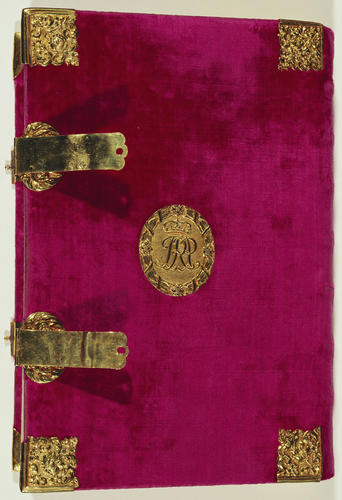
Bedford Master (active c. early 15th century)
The Sobieski Hours c. 1430-40

Bedford Master (active c. early 15th century)
The Sobieski Hours c. 1430-40

Bedford Master (active c. early 15th century)
The Sobieski Hours c. 1430-40

Bedford Master (active c. early 15th century)
The Sobieski Hours c. 1430-40
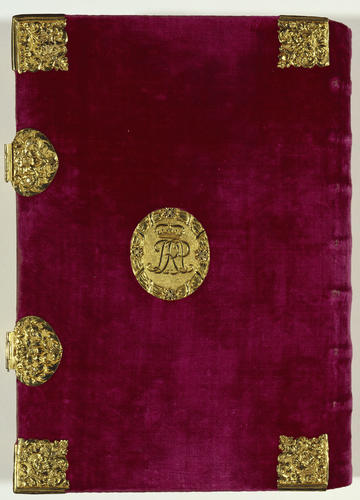
Bedford Master (active c. early 15th century)
The Sobieski Hours c. 1430-40
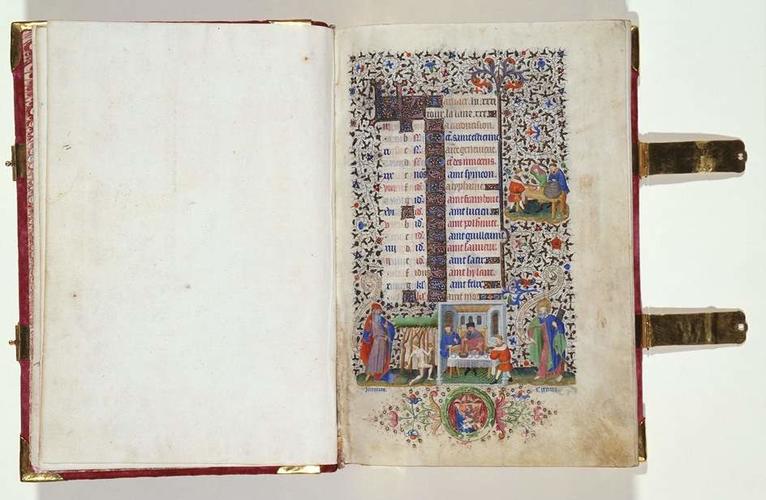
Bedford Master (active c. early 15th century)
The Sobieski Hours c. 1430-40
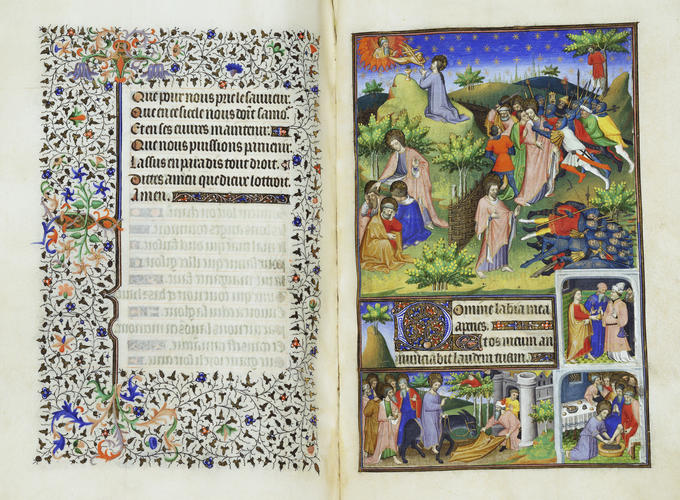
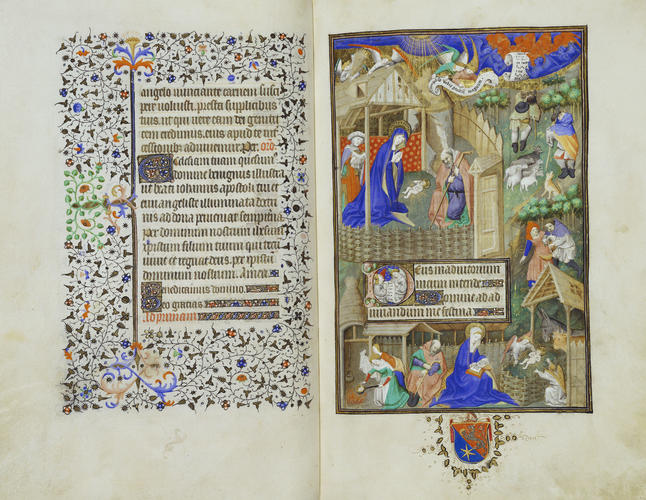


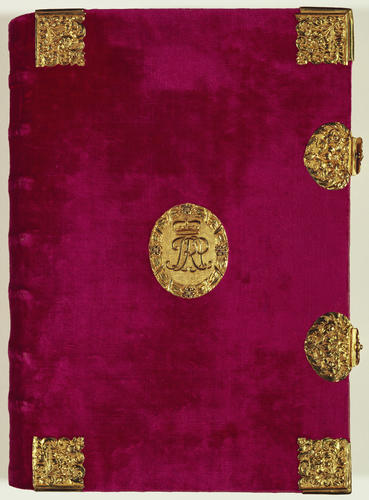
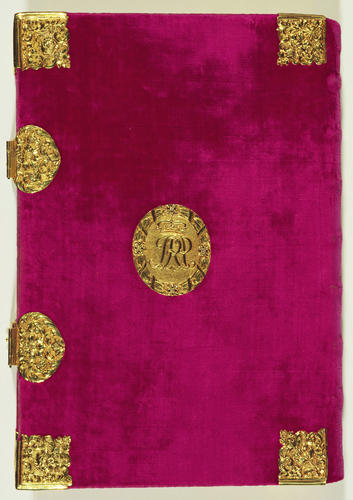
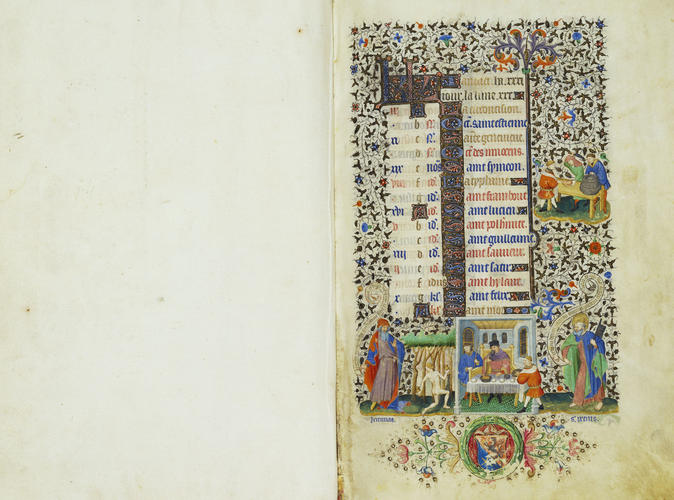

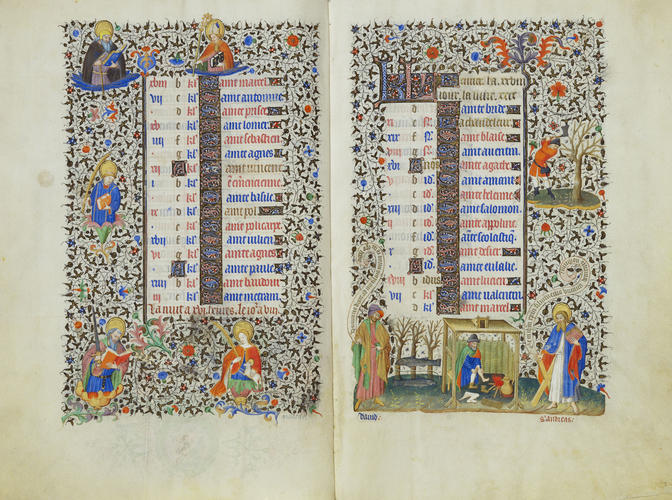

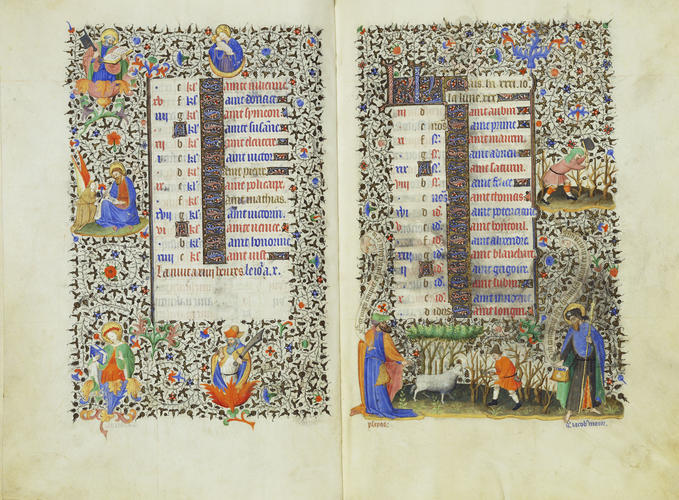


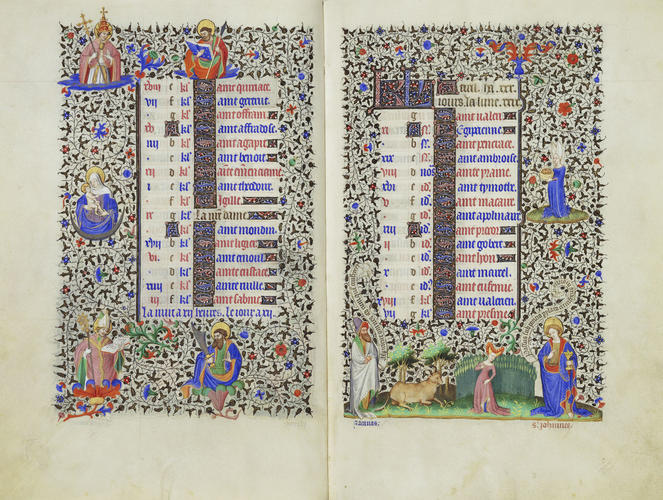

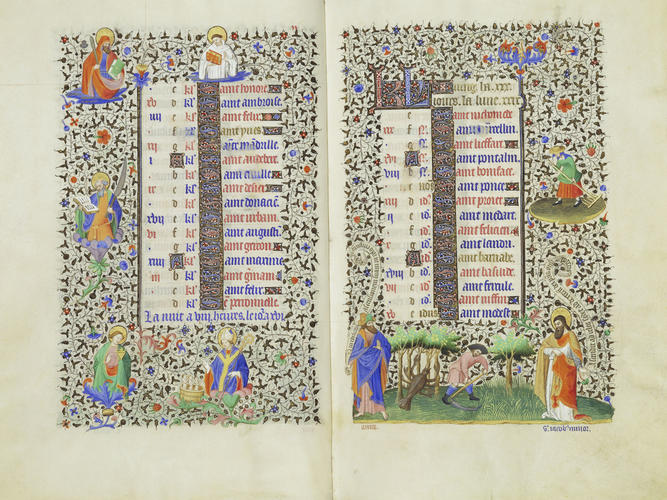
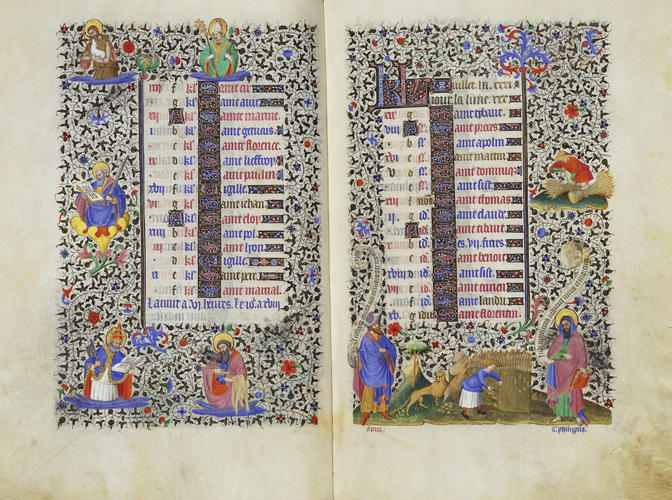
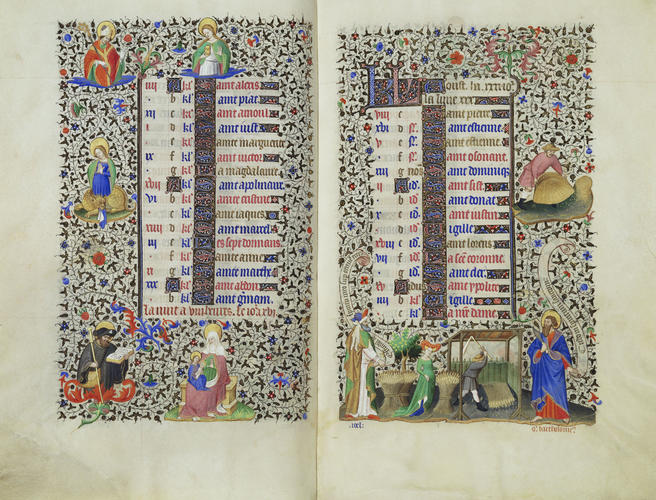
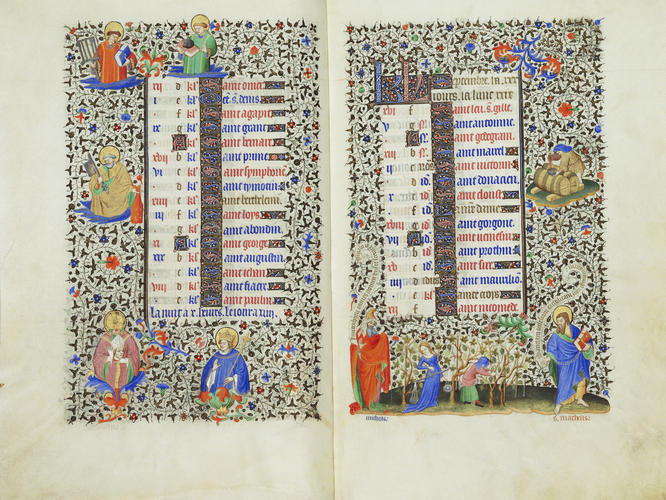
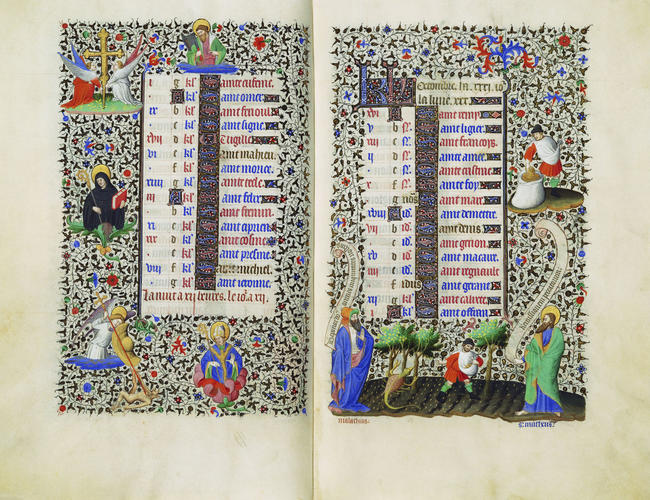
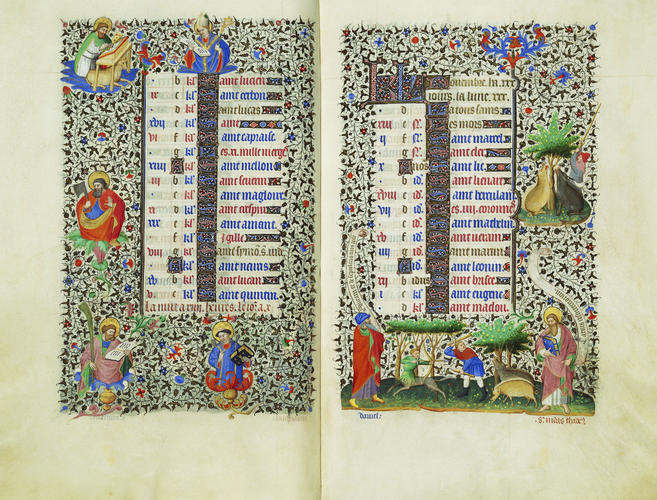
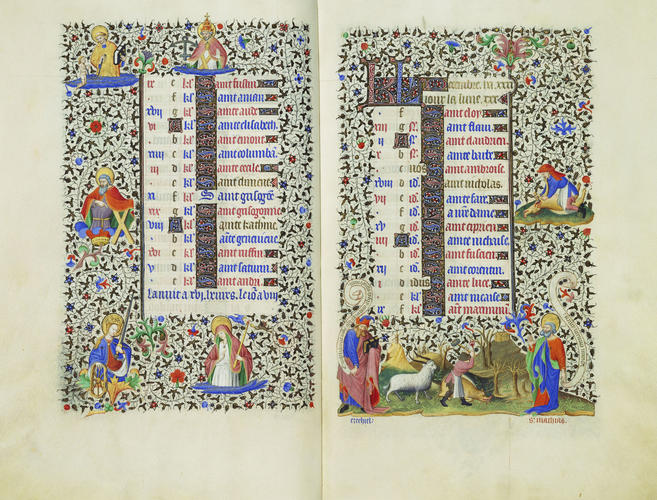
-
This Book of Hours is among the finest manuscripts written and illuminated in fifteenth-century Paris. It exemplifies the last, most exuberant phase in the long tradition of manuscript production – ten centuries of copying and painting books by hand – before printing began in Europe in the 1450s.
By the time this manuscript was created c. 1430, the Book of Hours – often dubbed ‘the bestseller of the Middle Ages’ – had become a standard prayer book, a favourite wedding gift, an ABC for children and a cornerstone of the European book trade. Parisian scribes, artists and booksellers were among the foremost suppliers of mass-produced copies for the open market and of deluxe manuscripts illuminated for discerning patrons.
This Book of Hours is a portable gallery of paintings, with hundreds of images bringing to life historic personalities, biblical narratives, charming interiors and sweeping landscapes with fairy-tale castles, rural delights and genteel pastimes. The vivid colours and shimmering gold, protected by the velvet-clad wooden covers, are as fresh as when they were first painted six centuries ago. Three leading artists collaborated on the manuscript: the Master of the Bedford Hours (active c.1410-40), the Master of Sir John Fastolf (active c.1410-50), and the Master of the Munich Golden Legend (active c.1420-60). The most talented of them, the Bedford Master, is named after his prestigious patron. John, Duke of Bedford, commanded the English forces in France during the final stages of the Hundred Years’ War, serving as Regent after the death of his brother Henry V in 1422 and ruling Paris until his own death in 1435. It was during this turbulent period that the manuscript was painted by the foremost Parisian artists who worked for patrons on both sides of the divide.
One of the Bedford Master’s miniatures (fol. 162v) depicts St Margaret with the woman for whom the manuscript was made and whose identity remains the subject of debate. She has been tentatively identified as Marguerite of Burgundy, Duchess of Brittany and older sister of Anne of Burgundy, Duchess of Bedford, who owned the closely related Bedford Hours. More recently, it was suggested that the volume was intended for Marguerite of Brittany (1412-21) or her sister Isabelle of Brittany (1411–c.1444), granddaughters of Charles VI of France and Isabeau of Bavaria, both of whom married into the French noble family of Laval.
We know more about the book’s later owners and journeys across Europe. By the late fifteenth century, it belonged to the treasurer of King Matthias Corvinus of Hungary and by the seventeenth century it was in a Hebrew community in Lithuania. John III Sobieski, King of the Polish-Lithuanian Commonwealth, who relieved Vienna from the Ottoman siege in 1683, acquired the manuscript and added his initials to the covers. His grand-daughter, Maria Clementina Sobieska, inherited the volume and may have taken it on a perilous journey in 1719, as she fled to Rome in order to marry James II’s son, James Stuart who claimed the British crown (the Old Pretender). The precious heirloom passed to their younger son, Henry Benedict, Cardinal York, a biblophile collector and the last Stuart claimant to the British throne who was acknowledged by Jacobite sympathisers as King Henry IX after the death of his brother, Bonnie Prince Charlie, in 1788. Upon his death in 1807, Henry Benedict bequeathed the manuscript to the Prince of Wales, the future King George IV, who received it in 1814. When his brother and successor, King William IV, established the Royal Library at Windsor Castle in the 1830s, the Sobieski Hours became one of its greatest treasures.Binding information
Bound in red velvet, with gold foliate corner-pieces and clasps on fore-edge, gold oval plaque to centre with crowned JRP (Johannes Rex Poloniorum, John King of Poland) monogram.Provenance
In Hungary c. 1490; John Sobieski (1624-96), King of Poland, by 1683; his granddaughter Maria Clementina Sobieska (1702-35), wife of the Old Pretender, c.1718; by whom bequeathed to her younger son Henry Benedict Stuart, Cardinal York (1725-1807); by whom bequeathed to George IV when Prince of Wales, 1807.
-
Creator(s)
Acquirer(s)
-
Medium and techniques
Manuscript on vellum; miniatures, decorated initials and borders in bodycolour and gold leaf. 234 folios, numbered in pencil.
Measurements
28.6 x 19.7 x 6.5 cm (book measurement (conservation))
28.6 x 6.5 x 19.7 cm (book measurement (inventory))
Other number(s)
Alternative title(s)
Sobieski Hours [].